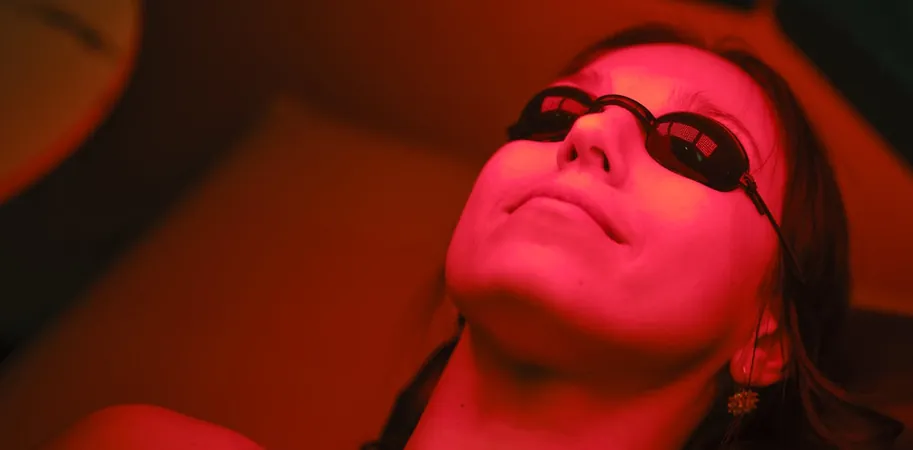
Is Red Light Therapy the Future of Healing? Unveiling Its Promises and Pitfalls
2025-01-24
Author: John Tan
What is Red Light Therapy?
Red light therapy, commonly referred to as low-power laser therapy or photobiomodulation, involves the application of red light in a clinical or home setting to promote healing. This therapy has been in use for over 30 years. While other colors of light, such as green and blue, also have therapeutic applications, red light has garnered the most attention primarily due to its accessibility and the extensive research backing its efficacy.
Mechanism of Action
This therapy works by stimulating the body's cells, enhancing their energy production and promoting increased blood flow to the targeted areas. Imagine the natural healing process your body initiates when you sustain a cut—red light therapy catalyzes a similar response on a cellular level. While the treatment is typically painless and lasts between 3 to 15 minutes, patients might feel a gentle warmth. Proper eye protection is encouraged during sessions.
Medical Applications
Clinical studies have demonstrated the profound benefits red light therapy can offer. It is particularly effective in reducing pain and inflammation associated with injuries, chronic conditions, and even cancer treatments. For instance, patients undergoing radiation and chemotherapy have reported significant relief from side effects like oral lesions and generalized pain.
Additionally, red light therapy has proven beneficial for healing diabetic wounds, burn injuries, and certain types of ulcers. It has also shown promise for alleviating musculoskeletal pain, including conditions like tennis elbow and lower back pain.
The Controversy of Broader Claims
While some anecdotal evidence suggests red light therapy could aid in treating ailments such as Parkinson's disease, Alzheimer’s, and other neurological disorders, the scientific community has yet to validate these claims with large-scale, randomized clinical trials. Despite being touted for benefits like improving mood and enhancing athletic recovery, rigorous research is still lacking.
Commercial Availability and Safety Considerations
The market for red light therapy devices is rapidly expanding. From LED lamps to laser helmets, consumers now have a plethora of options for both professional and at-home use. However, while LEDs are generally safe for broader commercial use—like in beauty salons—laser equipment should only be operated under professional guidance to prevent misuse and potential harm.
It's essential for consumers to recognize the variability in product quality, particularly in at-home devices. Ensuring that devices meet minimum output power and wavelength standards is crucial for effective treatment.
Final Thoughts
Red light therapy shows immense potential as a versatile treatment option for various medical conditions, from skin issues to pain management. However, it is crucial for individuals considering this therapy to stay informed about its efficacy and limitations. Keep your hopes realistic, and as research progresses, we may soon see even broader applications for this innovative healing technology.
Is red light therapy the future of medicine, or just another wellness fad? The truth may lie somewhere in between, but one thing is certain—its promise continues to be a burgeoning area of exploration!



 Brasil (PT)
Brasil (PT)
 Canada (EN)
Canada (EN)
 Chile (ES)
Chile (ES)
 Česko (CS)
Česko (CS)
 대한민국 (KO)
대한민국 (KO)
 España (ES)
España (ES)
 France (FR)
France (FR)
 Hong Kong (EN)
Hong Kong (EN)
 Italia (IT)
Italia (IT)
 日本 (JA)
日本 (JA)
 Magyarország (HU)
Magyarország (HU)
 Norge (NO)
Norge (NO)
 Polska (PL)
Polska (PL)
 Schweiz (DE)
Schweiz (DE)
 Singapore (EN)
Singapore (EN)
 Sverige (SV)
Sverige (SV)
 Suomi (FI)
Suomi (FI)
 Türkiye (TR)
Türkiye (TR)